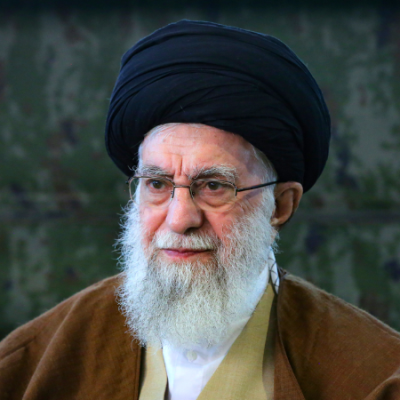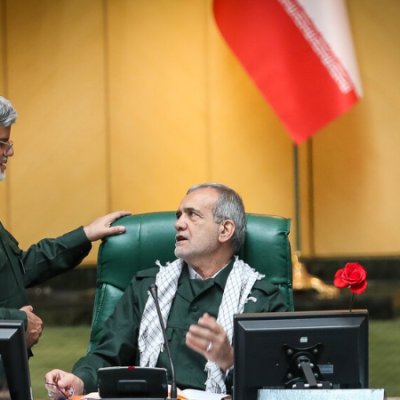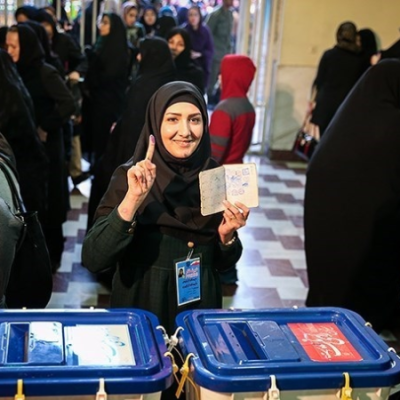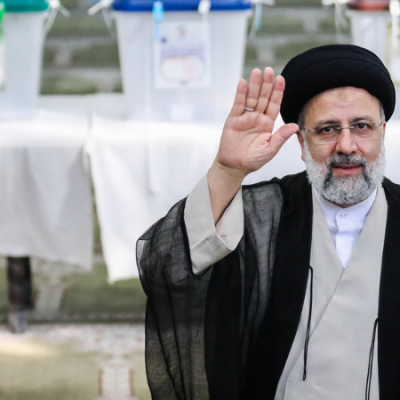The far-reaching legacy of the Iran-Iraq war
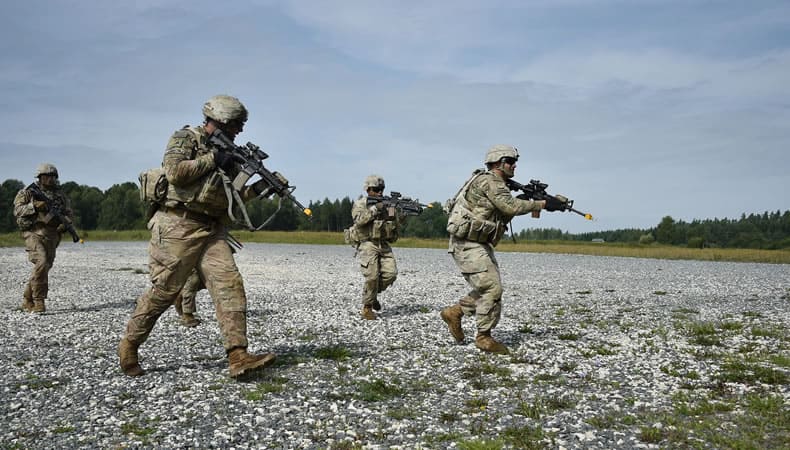
On 22 September 1980, Iraq ordered its forces to march on Iran, starting a war whose ramifications would echo through the region for years to come.
40 years ago today, Saddam Hussein invaded Iran, starting the eight-year Iran-Iraq war which killed hundreds of thousands of people and left behind a complicated legacy for the region. Considered the deadliest conventional war since Second World War, the conflict saw not only the use of guns, bombs and ballistic missiles but also poisonous chemical gas in the trenches and on civilians.
After 500,000 people had been killed and hundreds of thousands more wounded or missing, the two nations had reached a stalemate and a UN-brokered ceasefire eventually ended the war in 1988. Neither country could declare a victory and while the war was ostensibly driven by border disputes, neither armies were able to claim any additional land.
But Iran was internationally isolated, with the United States and the Arab countries supporting Iran. Saddam Hussein had succeeded in projecting the war as one between the Shias and Sunnis, and Iraq as the only country standing between the Arabs and the Persians who were fresh from an Islamic revolution.
The war would go on to have a major impact on the region, well beyond its borders, with a deep ripple effect. Many of the major events since could be traced back to the war. For starters, it was a primer to Iraq’s invasion of Kuwait over disputes concerning billions of dollars in loans that Iraq had incurred to finance the long campaign against Iran. The Kuwait invasion resulted in the first instance of the US entering the fray with its attack on Iraq, and culminated in another invasion in 2003 that brought down Saddam Hussein.
Iran has only grown more influential in the region in the four decades and Arabs are desperate for an Iraq of the old days that could be their bulwark against it. Iran’s current president was one of the main war planners and the sitting Supreme Leader Ali Khamenei the president. They were accused of sending waves after waves of radicalised young boys to the frontline to counter Iraq’s military might.
The loss of lives they incurred has steered Iran’s defense strategy down unconventional lines that involves proxy forces, subterfuge, drones, missiles and, of course, the nuclear programme. And its influence in Baghdad has only increase with the Iranians justifying their network of militias who operate in Iraq as a preventive measure – on that would ensure Iraq is never again used as a launchpad for so-called Sunni aggression on Iran.

